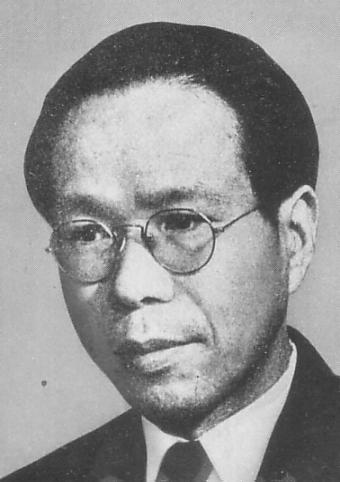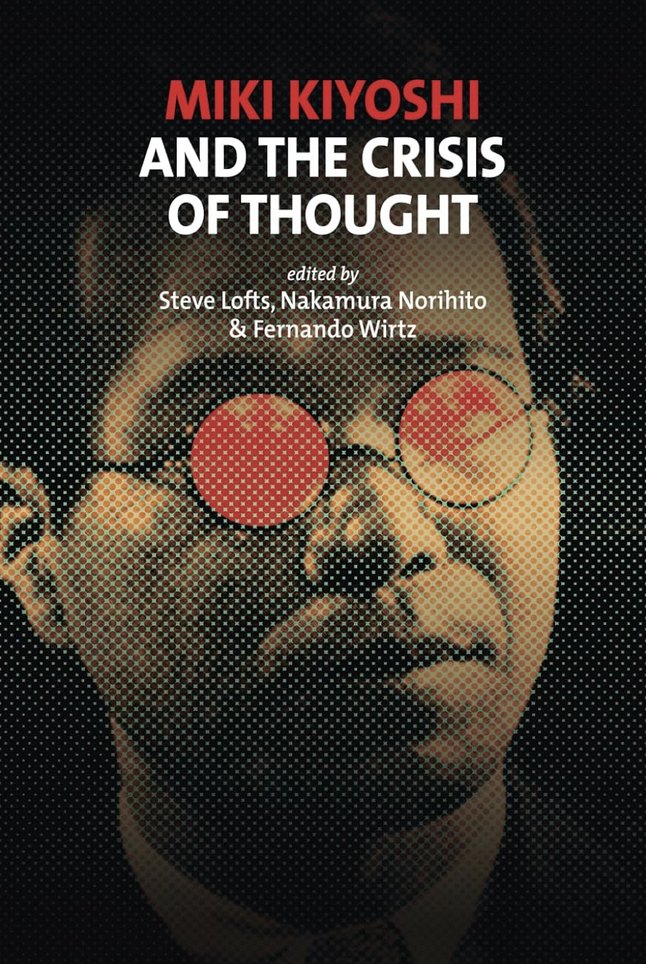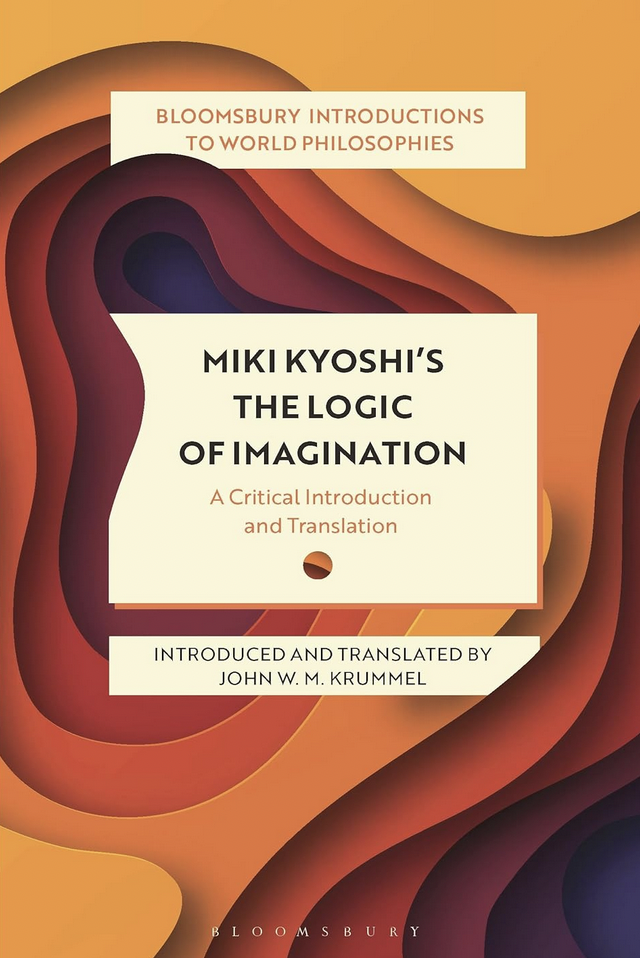
Up until recently, relatively little had been published on Miki Kiyoshi’s works and, for the general public, he was the Kyoto School thinker who, though born only three years before Nishitani Keiji, had died in prison in 1945, aged 48, a few months after Nishida. He had been arrested and jailed for matters relating to Marxist sympathies, so he was perceived as belonging to the left-leaning wing of the Kyoto School. In March this year, came out Miki Kiyoshi and the Crisis of Thought edited by Steve Lofts, Nakamura Norihito, and Fernando Wirtz, and John Krummel announced the forthcoming publication of his translation of Miki’s Logic of Imagination, regarded as his masterpiece.
Miki’s Life
Miki’s life unfolded in the era of rapid modernisation that followed the Meiji Restoration in 1868, where intellectuals, along with the general population, had to negotiate the impact of westernisation on all aspects of life, the same turbulent times that had thrown Nishitani into despair and nihilism. Miki’s temperament, however, was different. He was a man of action who engaged with the political realities of the period, through his work as a journalist and as a member of the Showa Research Association.

In the chapter she contributed to Miki Kiyoshi and the Crisis of Thought, Arisaka Yoko tells us that Miki was born in today’s Hyogo Prefecture west of Kyoto in the Kansai region of Honshu. She writes: “He attended Kyoto Imperial University in 1917, studying under Nishida Kitaro, Hatano Seiichi, Tanabe Hajime, and others. From 1922 to 1924, he studied in Europe, first in Heidelberg with Heinrich Rickert, then in Marburg with Martin Heidegger, and lastly in Paris. He was appointed Professor at Hosei University in Tokyo in 1927. From the early 1930s, his life became increasingly entangled in politics. He was arrested in 1930 by the imperial government for providing funds to the Japanese Communist Party. He nevertheless continued his interest in politics and joined the Showa Research Association under the Konoe Imperial Government, participating in discussions about the establishment of the Great East-Asian Co-Prosperity Sphere from 1937 to 1940. He was arrested for the second time in 1945 for sheltering a communist colleague. He remained in prison in Nakano Ward, Tokyo, until his death in September 1945, six weeks after Japan’s surrender and defeat.”
In an “Introduction to Miki Kiyoshi and his Logic of the Imagination,” a paper posted in academia-edu, John Krummel adds that “Although he was said to be Nishida’s most favored student and in turn highly esteemed his mentor, he also regarded Nishida as someone to overcome.”
Krummel also tells us that his first period of imprisonment was only for one year, and he was released early, but it had made it “too difficult for him to remain in the teaching profession and he was forced to support himself as a literary critic and social commentator on current events.” This first time in jail had not stopped him from joining the Showa Research Association under the Konoe Imperial Government. Krummel writes: “In 1936 he joined the Showa Kenkyukai formed around what became the brain trust of Prime Minister Konoe Fumimaro for the purpose of studying national policy for the reform of Japan’s economic and social system before Konoe, who at the time seemed a liberal, took office in 1937. He was active mainly in its Department of Culture. But under increasing pressure from the right-wing and the army, the Showa Kenkyukai in 1940 was dissolved into the Taisei yokusankai (Imperial Rule Assistance Association): a society founded for the purpose of cooperating with the government’s war activities. Miki was pressured to remain director of its Department of Culture and forced to function as its ideologue in some of his writings after the onset of World War Two. We need to keep in mind that this was a time of war. The Sino-Japanese War started in 1937 and until the end of World War Two in 1945, the militarization of society and the implementation of the war-time structure was increasingly intensified, under which free speech and discussion was becoming more and more confined, constricted, and unfree.”
Miki’s Works
Arisaka notes that “Miki wrote in theoretical as well as in journalistic styles.” In the chapter he contributed to Miki Kiyoshi and the Crisis of Thought, Hans Liederbach tells us that, thanks to a scholarship by the publisher Iwanami Shigao, Miki was able to go to Europe in 1922, where he spent three years in Germany and France. After a year in Heidelberg where he studied with Heinrich Rickert, a leading figure of the South-Western School of Neo-Kantianism, Miki moved to Marburg, where he studied with Martin Heidegger. Though Rickert had a strong impact on Miki, it is Heidegger’s anti-Cartesian stance that he felt most drawn to. In 1923, he moved to Paris where he studied Blaise Pascal’s works, which allowed him to begin his publishing career with the Study of the Human Being in Pascal (1926). This first work was followed in 1928 by Historical Materialism and Contemporary Consciousness (1928). Arisaka indicates that this second book “became influential among the young left-leaning scholars at the time in Japan. We see in this work Miki’s interest in Marxism, pragmatism, and Hegel and their influence on his thought.”
The 1930s saw Miki busy writing his Philosophical Anthropology which he never finished. Arisaka writes: “According to Miki’s student Masuda Keisaburo, who edited the work, Miki began the manuscript in 1933 but abandoned the project in 1937. The published volume is a combination of the three manuscripts written at the time.” Philosophical Anthropology appears to be, after the two volumes of The Logic of Imagination, the most insightful of Miki’s works, and Arisaka devotes the rest of her chapter to it. Another work – Philosophy of Technology (1942) – is listed among Miki’s best-known works. But The Logic of Imagination is regarded as his masterpiece. It also remained uncompleted due to Miki’s premature death in 1945. The first volume was published in 1939, but the second was published posthumously in 1948. A translation of The Logic of Imagination by John Krummel is due to come out in July 2024.
Sources:
Arisaka Yoko – “Miki’s Philosophical Anthropology: Embodiment, Mediality and Everydayness”
Hans Peter Liederbach – “Historizing Anti-Cartesianism: Miki’s Appropriation of Heidegger’s ‘Fundamental Experience’”
both in Miki Kiyoshi and the Crisis of Thought, ed. Steve Lofts, Nakamura Norihito & Fernando Wirtz
John W M Krummel – “Introduction to Miki Kiyoshi and his Logic of the Imagination,” research paper

